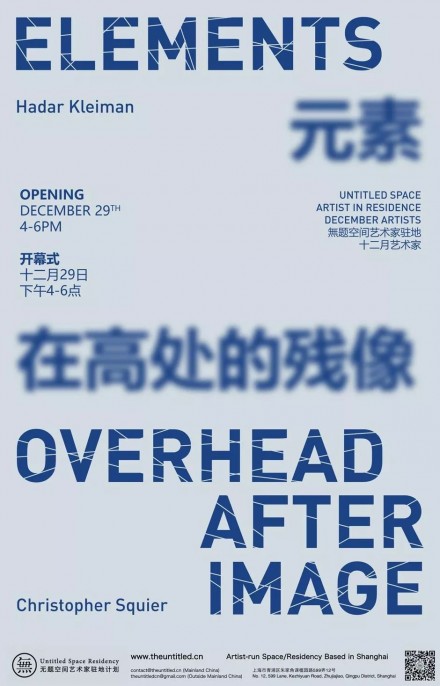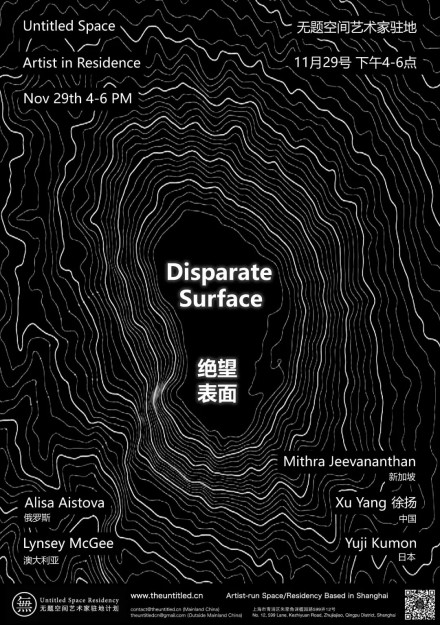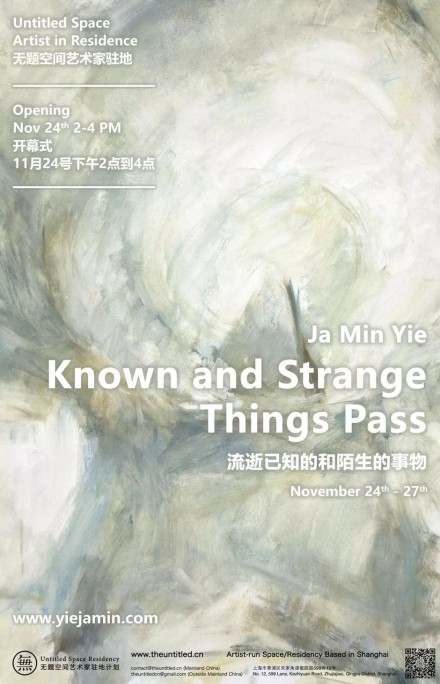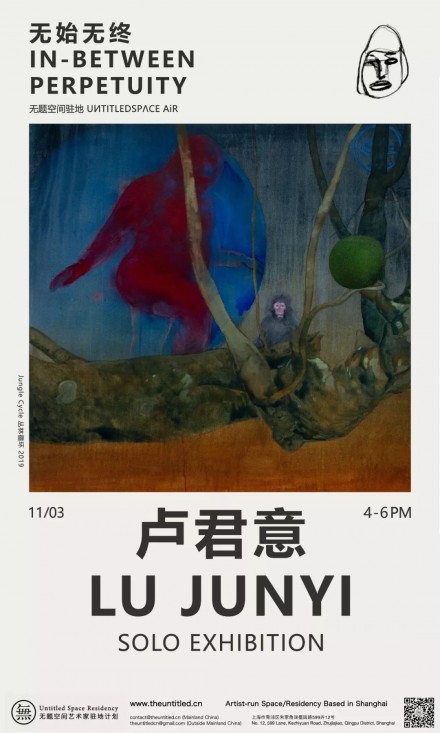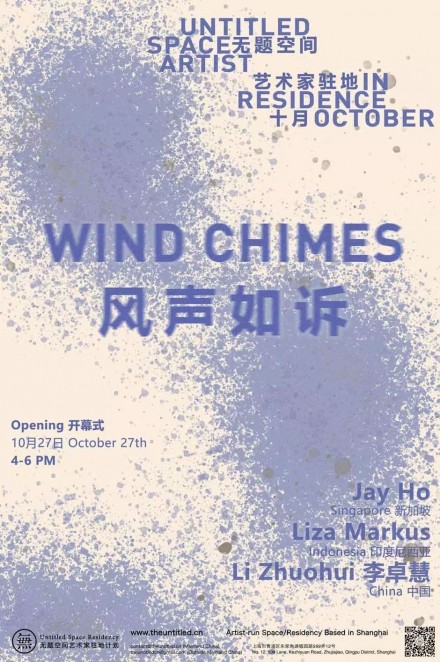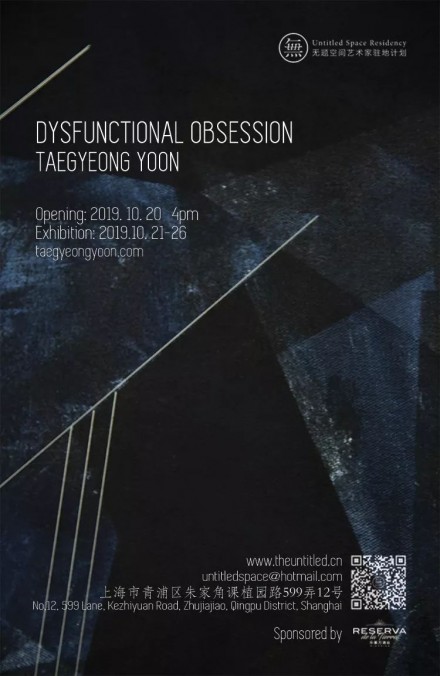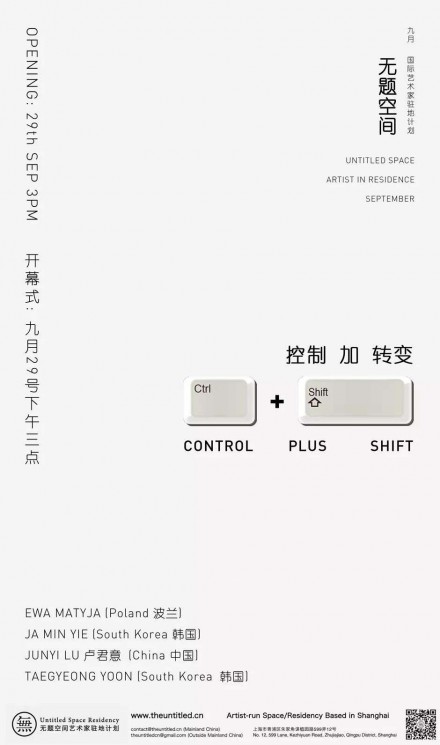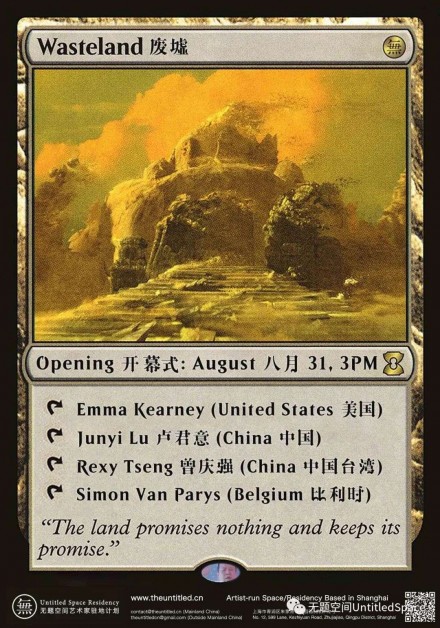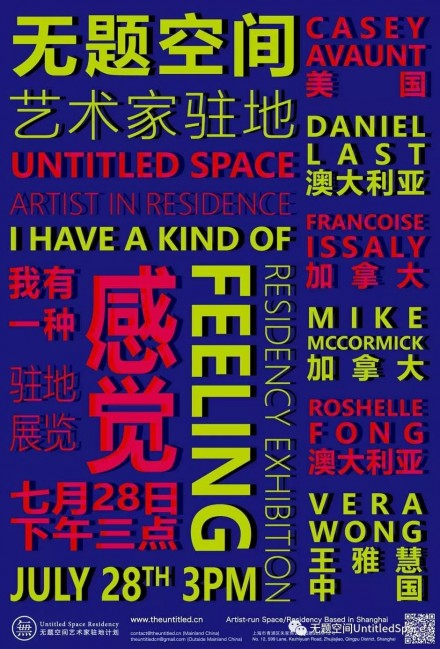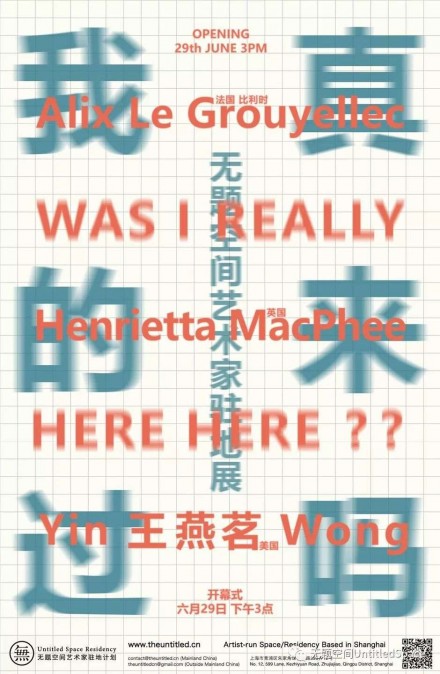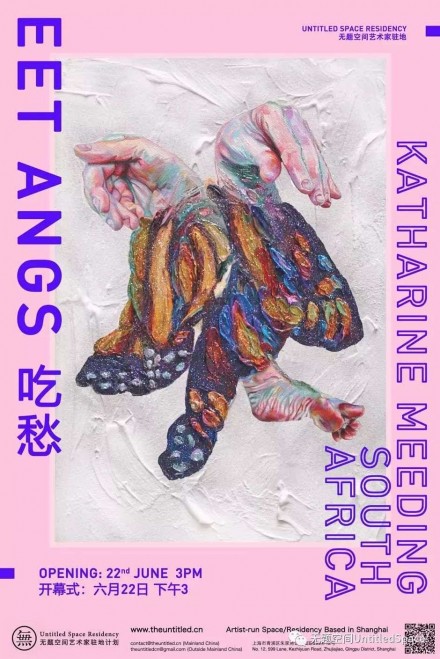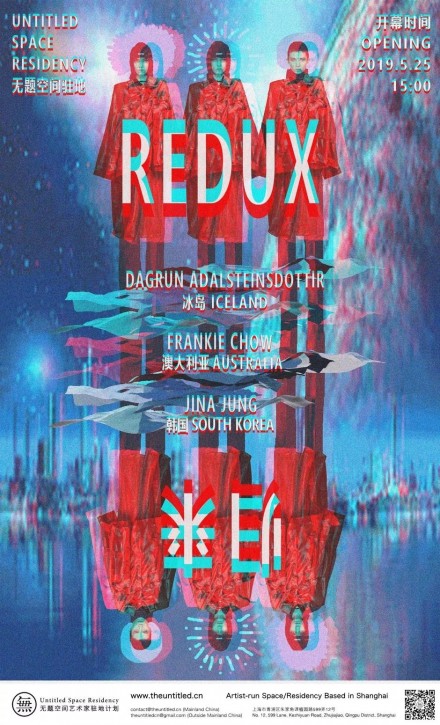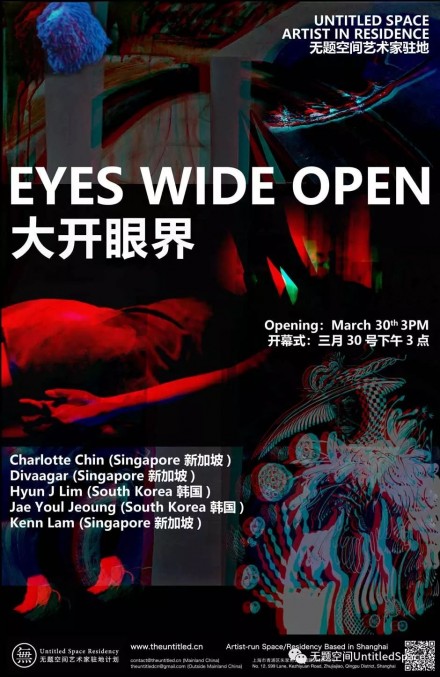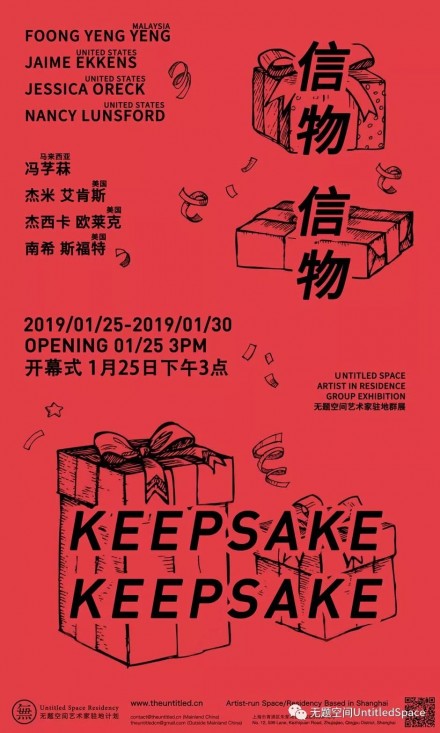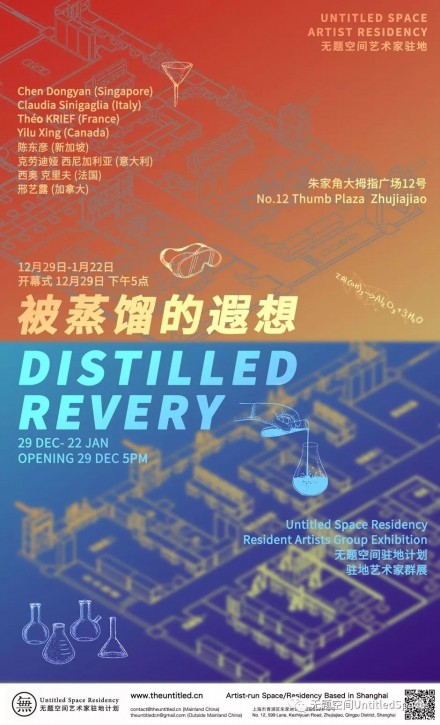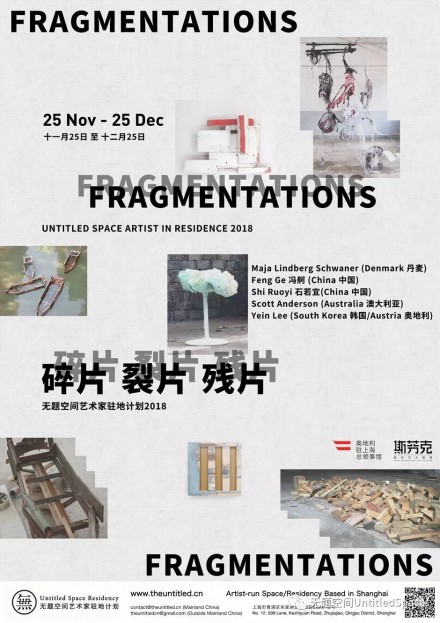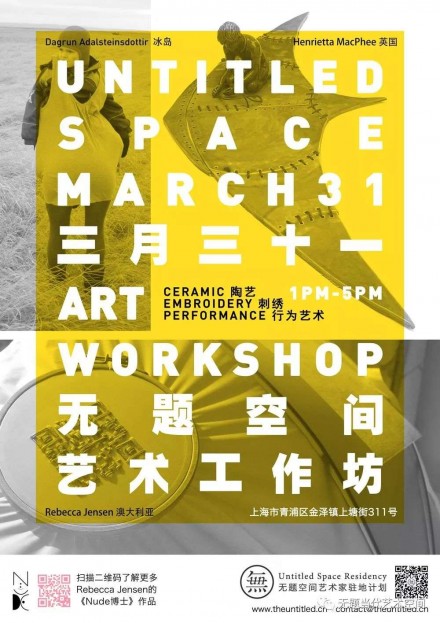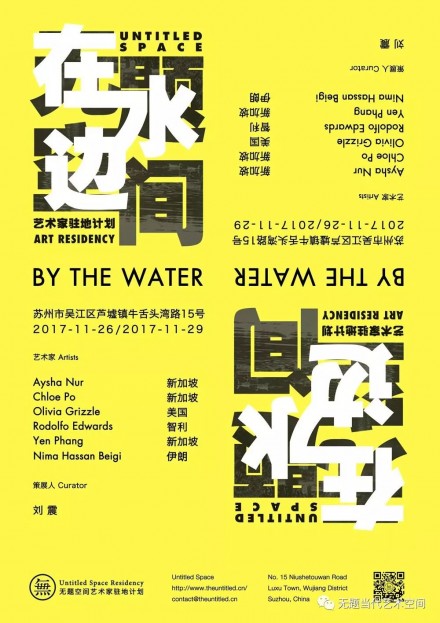无题空间
十一月驻地艺术家群展
绝望表面
开幕式时间
11月29日(周五)下午4点到6点
UИTITLEDSPΛCE
November resident artists group exhibition
Disparate Surface
Opening reception
November 29th (Friday), 4-6 PM
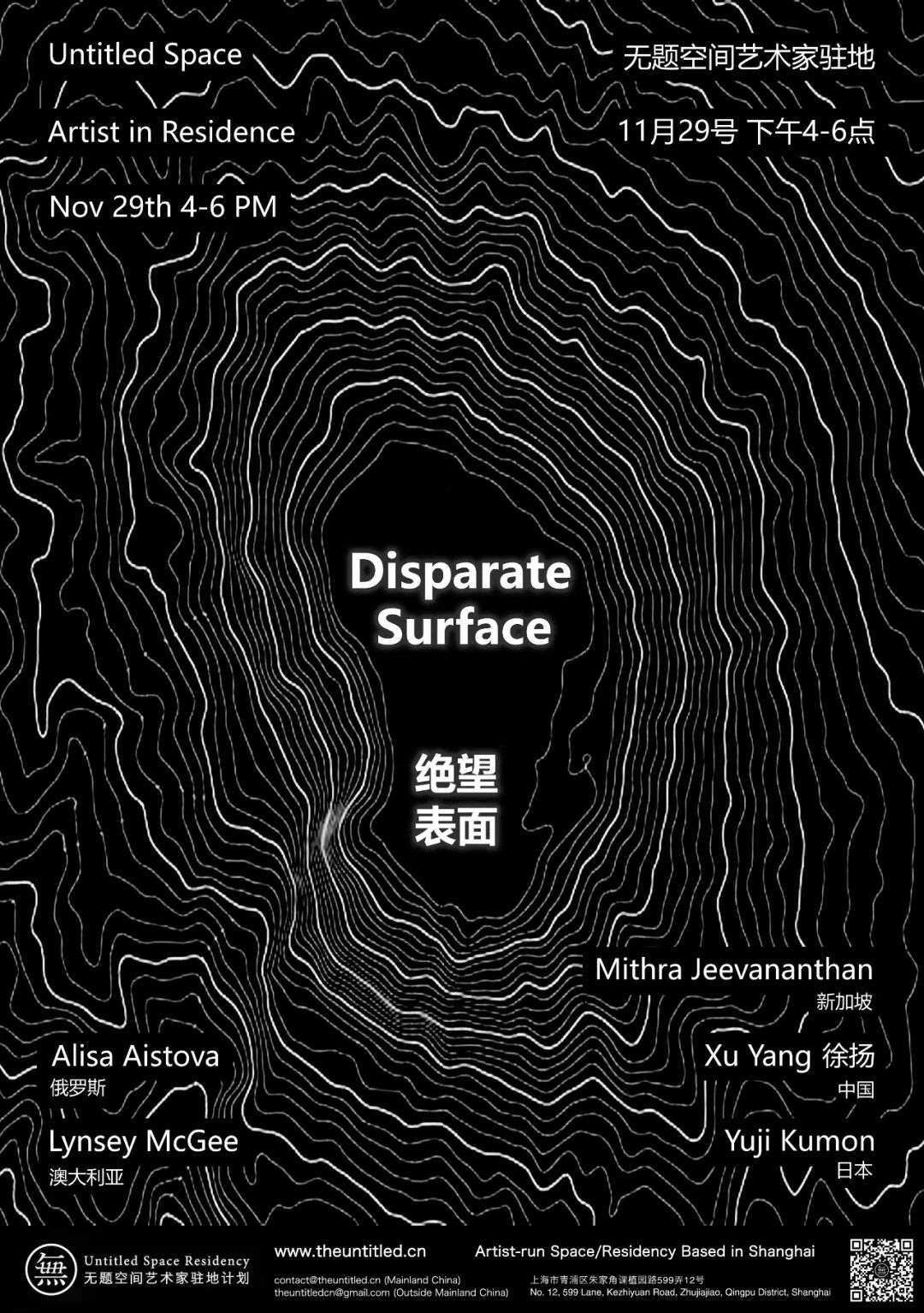
参展艺术家
Exhibiting Artists

Alisa Aistova
俄罗斯 Russia
Alisa Aistova(1988年生于俄罗斯,Solnechnogorsk,在莫斯科和伦敦生活和工作)是一位主要以摄影为媒介的艺术家。她的作品通常涉及精神错乱,心理转变,强迫症,忧郁,拒绝,痛苦,恐惧,孤独,暴力(心理和性),孤立,死亡和渴望。
她毕业于俄罗斯国立社会大学,获得计算机科学学士学位,并获得了伦敦中央圣马丁分校的艺术专科文凭(以优异成绩),并于2020年被录取继续攻读当代摄影硕士学位。Alisa曾在英国和俄罗斯的多家画廊和博物馆展出过其作品。
Alisa Aistova (born 1988 in Russia, Solnechnogorsk, lives, and works in Moscow and London) is an artist working mainly with photography as a medium. Her practice often deals with insanity, psychic transformation, obsessive neurosis, melancholy, rejection, anguish, fear, loneliness, violence (psychological and sexual), isolation, death, and desire of it.
She graduated with BA in Computer Science from Russian State Social University, received a Foundation Diploma in Fine Arts (with Distinction) at London Central Saint Martins and was admitted to continue her education there on MA in Contemporary Photography program since 2020. Alisa had exhibited her works at various galleries and museums in the UK and Russia.
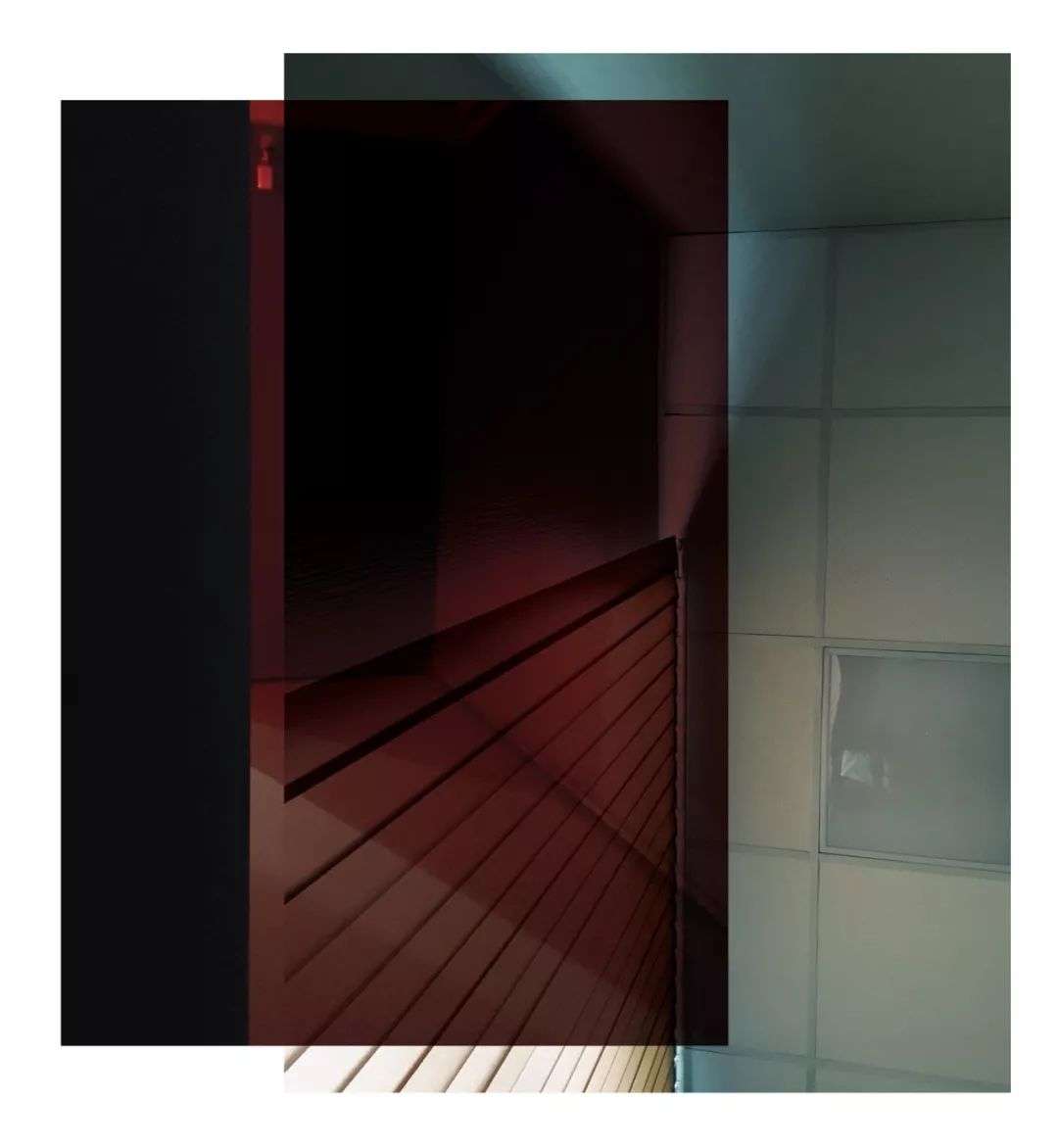
系列四部作品《中国内在》
“我们的感知是一个动态的过滤器链,其具体组成是由感知的对象和上下文定义的。由一个过滤器识别特定形状,另一个感知颜色,第三个建立本体,第四个建立与过去经验,记忆的联系并建立关联。感知分解和专注于一个特定过滤器的任务在很大程度上由抽象主义者解决。现在我们可以通过激活不同的过滤器并因此混合与它们关联的感知,从而来寻找新的含义和关联。
实现这一点的一种方法是转换。我们可以转换一个物体,增加扭曲,从而激活特定的感知过滤器。如果我们进行足够多的转换,以至于一些特定的特征就会变得模糊不清,无法马上被识别出来,我们可能会在初次感觉到关联的时候而意识不到这些关联是由什么物体引起的,我们可能会陷入困境。如果在这种陌生的视觉刺激中,我们最终猜出了我们离开时的最初形式,已经建立的联系和情感可能会让我们以一种新的方式看待物体。通过这种实践,我们可以在熟悉的事物中看到全新的含义。”
Series of 4 works “Inner China”
“Our perception is a dynamic chain of filters, which specific composition is defined by the perceived object and context. One filter recognizes specific shape, another perceives a color, third builds an ontology, forth establishes connections with past experiences, memories and makes associations. The task of perception decomposition and focus on one specific filter was by and large solved by abstractionists. Now we can look for new meanings and associations by activating different filters and therefore mixing perceptions associated with them.
One way to do so is transformation. We can transform an object, adding distortions, which activate specific perception filters. If we do that transformation far enough, so specific traits become vague and not right away recognizable, we may come to a point when we first feel associations without actually consciously recognizing the object causing them. If then in this unfamiliar visual stimuli we finally guess the initial form from which we departed, already established associations and emotions may allow us to look at the object in a new way. By this practice, we may see new meanings in familiar things.”
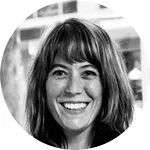
Lynsey McGee
澳大利亚 Australia
Lynsey McGee 是一位主攻油画的艺术家家,城市景观是她正在进行的感知研究的一部分。她本次的研究,也是她目前是悉尼国立艺术学院的博士候选人的研究,她的研究认为,绘画作为一种转换感知的方式,在当代艺术实践中仍然具有相关性。
Lynsey McGee is an oil painter whose urban landscapes are part of an on-going investigation into perception. Currently a Doctoral Candidate at the National Art School in Sydney, her research argues for painting’s continued relevance in contemporary art practice as a means of transforming perception.
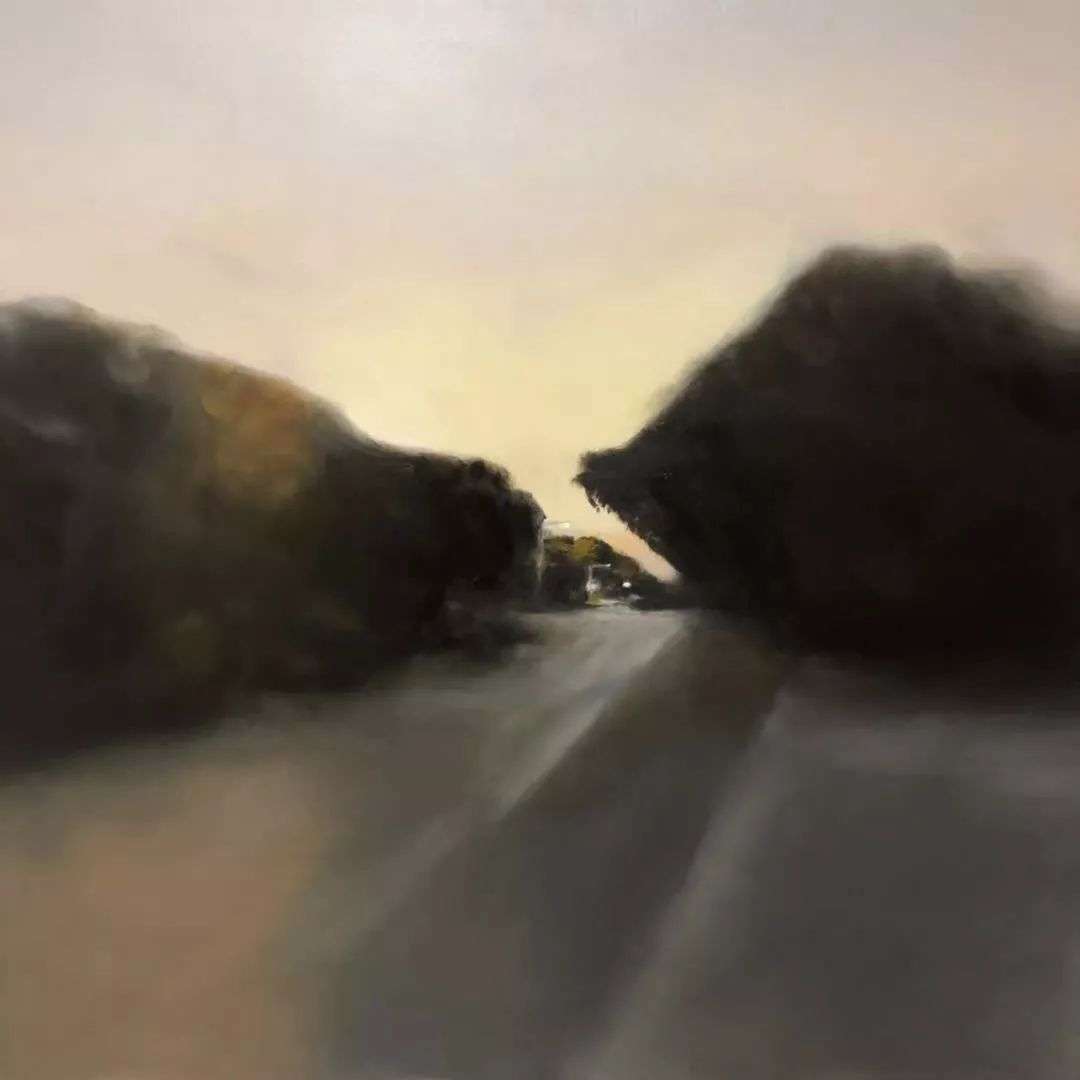
在无题空间驻地中制作的“怀旧的模糊”使用模糊来表现视野的极限。 McGee希望我们以屏幕为主导的日常生活中,重新激发人们对绘画的视觉和触觉特性的兴趣。
该驻地项目得到了新南威尔士州政府机构Create NSW的资助,并得到了澳大利亚各州和领地政府的倡议,视觉艺术和手工艺战略的支持。该计划由国家视觉艺术协会(NAVA)发起的。
Nostalgia for the Blur, produced at Untitled Space, uses blur to signify the limits of the visual field. McGee hopes to re-invigorate interest in the optical and tactile properties of painting in our screen-dominated daily lives.
This project was assisted by a grant from Create NSW, an agency of the New South Wales Government and supported by the Visual Arts and Craft Strategy, an initiative of the Australian State and Territory Governments. The program is administered by the National Association for the Visual Arts (NAVA).

Mithra Jeevananthan
新加坡 Singapore
Mithra(生于1994年)是一位视觉艺术家,她的创作受到杏仁核代表什么的强烈影响。她创造了虚构的风景,这些风景被紧密地束缚起来,代表了她的内心世界。她毕业于拉萨尔艺术学院,获得文学学士学位(头等荣誉),并参加了Facebook驻地艺术家计划,并在诸多群展览中展出了她的作品。
Mithra (b.1994) is a visual artist whose practice is strongly influenced by what the amygdala stands for. She creates fictional landscapes that are intimately bound up to represent the interior of her mind. Having graduated from Lasalle College of the Arts with a Bachelor of Arts (First Class Honours), she has participated in the Facebook Artist in Residence program (AIR) and has had her works shown in various group exhibitions.
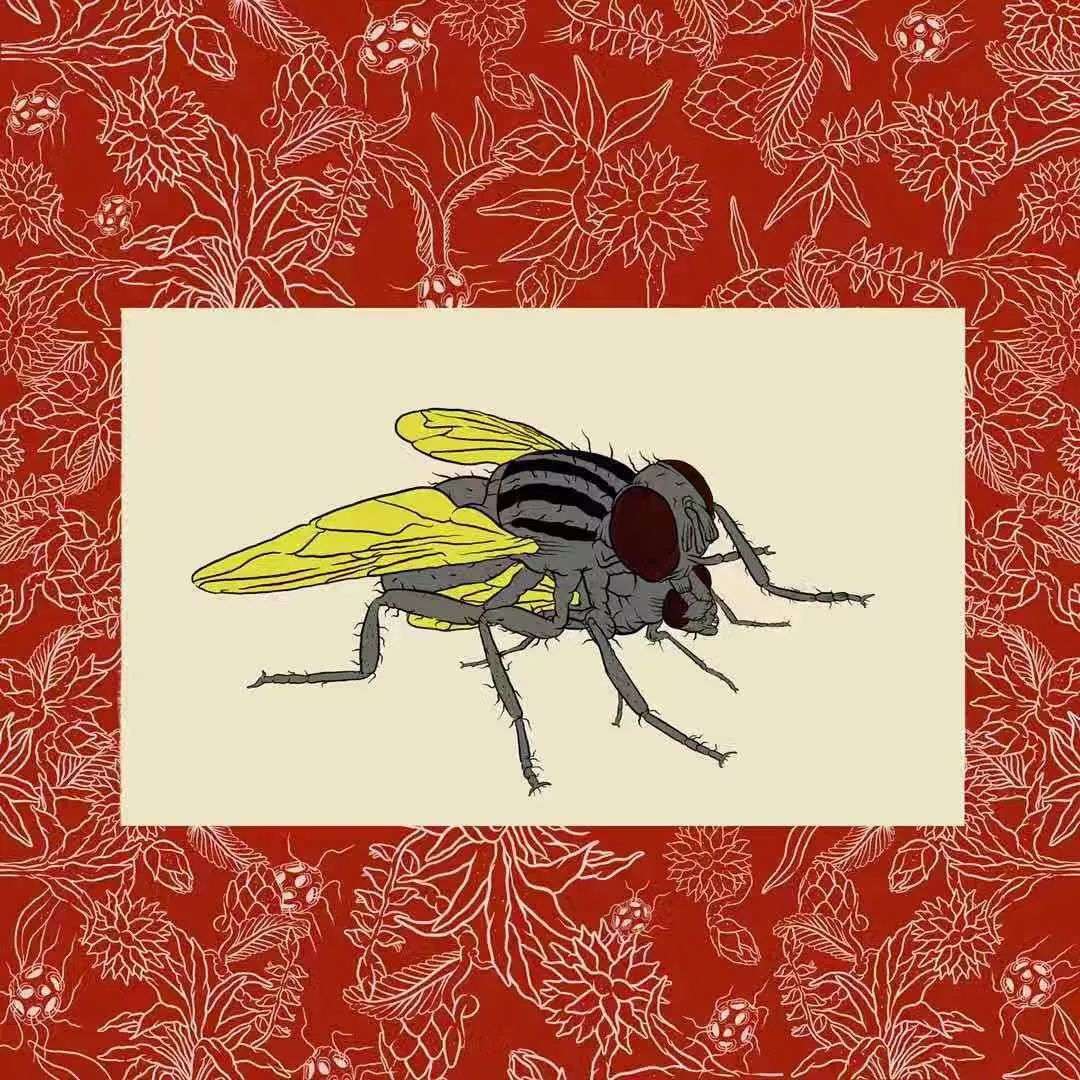
作为一系列的积极理论(思想)是虚构的和非二进制的景观。Mithra结合了性和情的流动性来构建这些空间。她创造的空间是与生俱来的,因为她通过各种符号以叙事方式表达了自己的情感。在她的版画中,她创造了Lotus Chimera风格的风景。Lotus Chimera源自Donna Haraway的著作《Ero guro nansensu》中的艺术风格。此嵌合实体位于一和两个之间,不完整,以虚构杂物形式存在。
Positive thots (thoughts) as a series are fictional and non-binary landscapes. Mithra combines the fluidity of sexuality and emotions to construct these spaces. The spaces she creates are innate as she projects her emotions in a narrative sense through various symbols. Within her prints, she creates landscapes that house her Lotus Chimera. The Lotus Chimera is birthed from the writings of Donna Haraway and the “Ero guro nansensu” art style. This chimeric entity lies somewhere in between one and two, incomplete and exists as a fabricated hybrid.
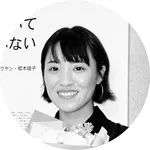
Xu Yang 徐扬
中国 China
1994年出生于中国苏州,徐扬是东京艺术大学的硕士研究生。她不使用练习特定的艺术技 巧,而是将个人与群体物品转移到可共享的艺术品中。通过质疑现有的对象和思想,以不同 的方式重新考虑规则和形式。通过作品,她质疑了长久以来的艺术品与短暂的日常记忆之间的关系。
Born in 1994 in Suzhou, China, Xu Yang is a master student at Tokyo University of the Arts. Instead of practicing specific artistic techniques, she transfers personal objects into shareable artworks. By questioning existing objects and ideas, playing with the ordinaries and rethinking rules and forms in different ways. Through her artworks, she questions the relationship between long-lasting art pieces and transient daily memories.
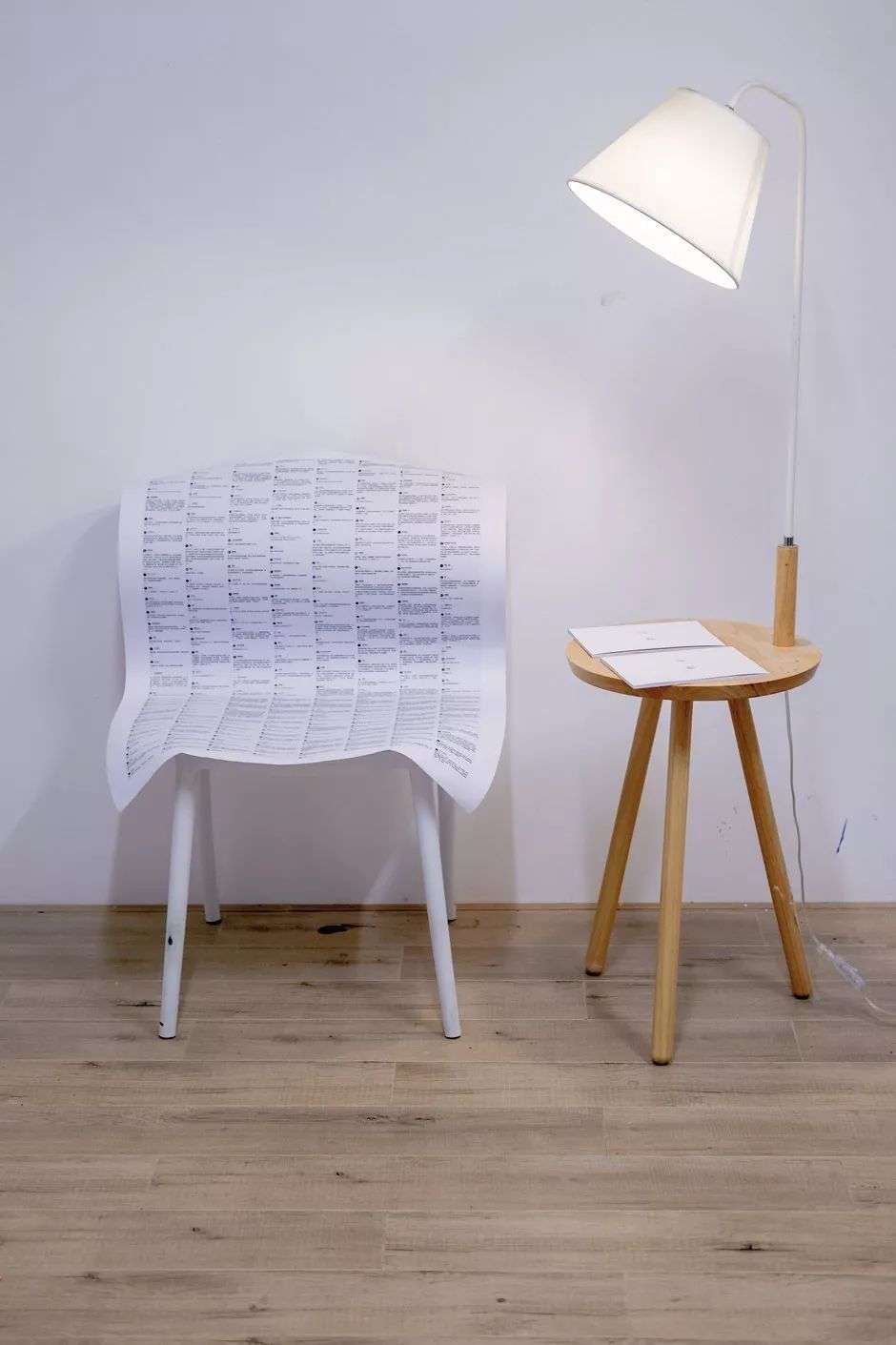
在这次展览中,徐的作品基于可轻松在线访问的网络资源,从而模糊了个体之间的界限。在 互联网时代,陌生人的电影评论,在线购物网站的图片,电子书和各种访问方式向公众开 放。于是,我们的日常行为以及在网络中留下的烙印成为另一种匿名的“存在”。在西奥多罗斯·安杰洛普洛斯的电影《永恒和一日》中,主角曾自言自语: “最近,我与世界的唯一联系 是对面的陌生人。他用同一首歌回应了我。他是谁?什么样的人?我想去找他,但我放弃 了。最好想象一下。” 在我们之前,生活已经被重复了数千万次,也许另一种匿名般的存在 方式并没有什么不同。艺术家结合了她在朱家角的居住经历,以一种几乎自言自语的方式接 近了这存在。
In this exhibition, Xu based her work on the network resources accessible easily online, blurring the boundaries between individuals. In the Internet age, strangers’ movie reviews, pictures of the online shopping sites, e-books and all kinds of accesses are open to the public. As a result, our daily behavior, and the imprints left in the network are another kind of anonymous “presence”. In Theodoros Angelopoulos’ movie Eternity and a day, the protagonist once talked to himself “Recently, my only connection with the world is the stranger opposite me. He responded to me with the same song. Who is he? What kind of person? I wanted to go to him but I gave up. It’s better to just imagine .” Before us, life has been repeated tens of millions of times, and perhaps, there are not be so different in our ways of presenting. Xu combines her resident experience in Zhujiajiao, approaching this existence in an almost self-talking way.
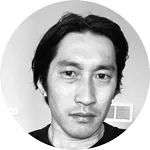
Yuji Kumon
日本 Japan
Yumon Kumon是来自日本大阪的混合媒体艺术家。他目前在大阪和芝加哥工作。2018年毕业于芝加哥艺术学院绘画系硕士。
Yuji Kumon is a mixed media artist from Osaka. He currently works in Osaka and Chicago. He graduated from the MFA program in the painting department at School of the Art Institute of Chicago, 2018.
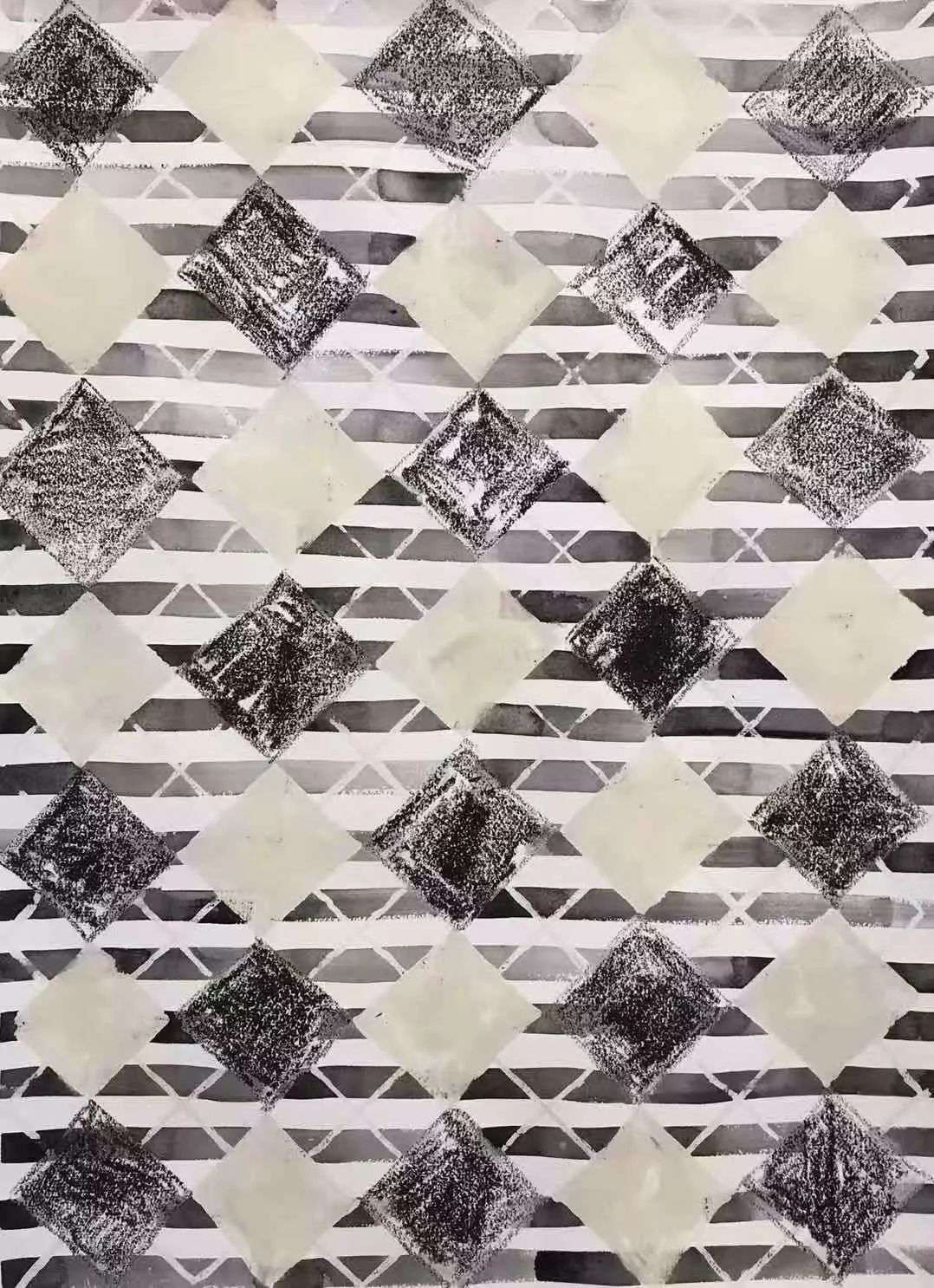
“通过在无题空间的驻地,我尝试使用蜡画漆,并从我的日常生活和记忆中创建了简单且有趣的纸上绘画。我试图呈现矛盾,例如幽默与悲剧,浪漫与现实,生活的节奏与焦虑。我组织的空间模糊了这些二分法,并承载了与每个观看者的视角不同的图像。”
“Through a residency at the Untitled Space, I experiment with encaustic paint and create a ridiculously simple drawing on paper from my daily life and memory. I try to present contradictions, such as humor and tragedy, romance and reality, rhythm and anxiety in life. I organize space that blurs this dichotomy and carries images that talk differently to each viewer from their perspectives.”

Reserva de la Tierra(乐塞万酒业)拥有5000 公顷的葡萄园,这些葡萄园位于西班牙最重要的葡萄酒产区,如普里奥拉特(Priorat)、里奥哈(Rioja)、蒙桑特(Montsant)、特拉阿尔塔/ 高地(Terra Alta)、塔拉戈纳(Tarragona)、杜埃罗河岸(Ribera del Duer o) 和卢埃达(Rueda)。Reserva de la Tierra(乐塞万酒业)拥有5 万多桶橡木桶,1000 多万瓶的瓶装陈酿设备,3000 万升的储藏量,以及年生产能力超过1 亿瓶的灌装生产线。Reserva de la Tierra(乐塞万酒业)最大的酒厂位于塔拉戈纳,是世界上最尖端的罐装设施之一。优越的地理位置使Reserva de la Tierra(乐塞万酒业)能够在国内和国际上提供无缝供应链物流。













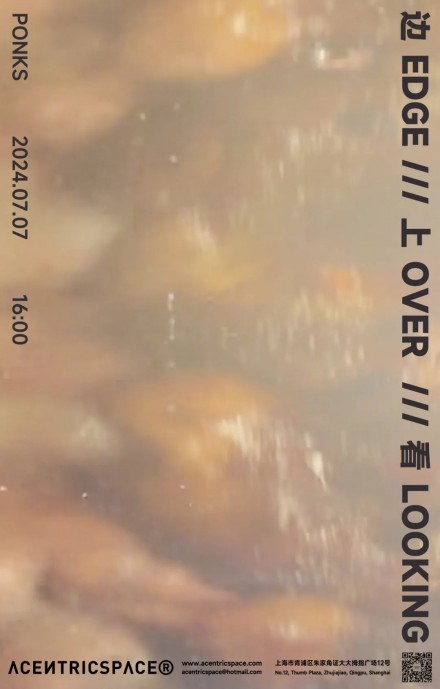
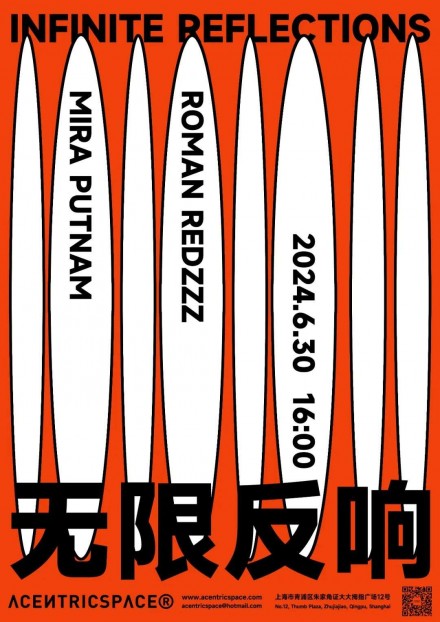
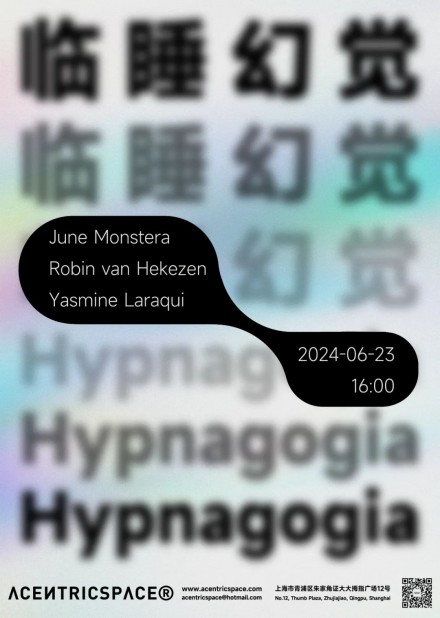
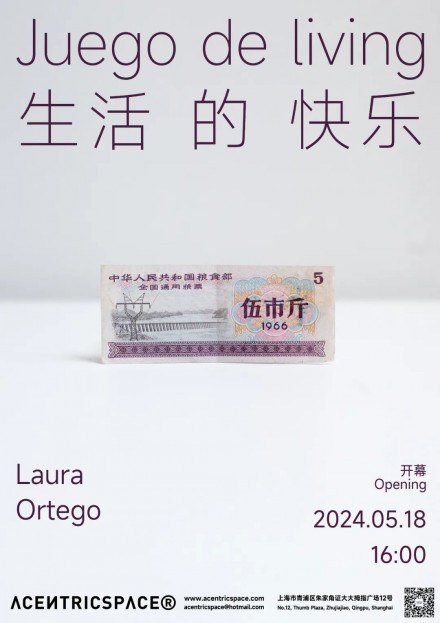
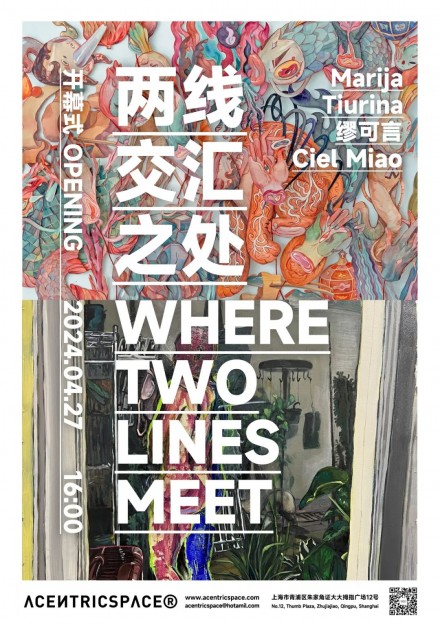
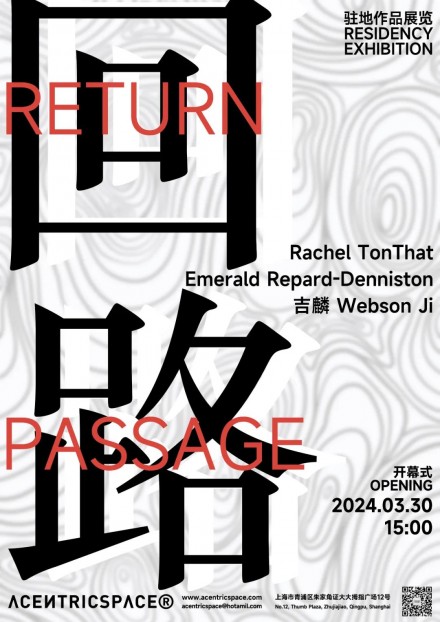
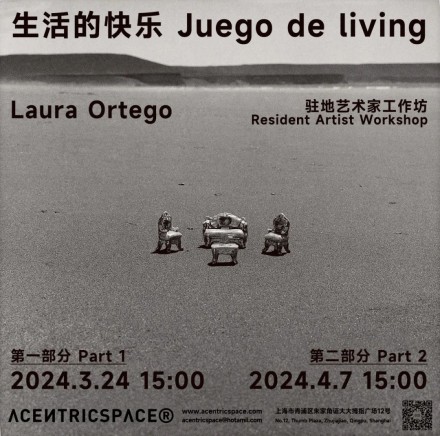
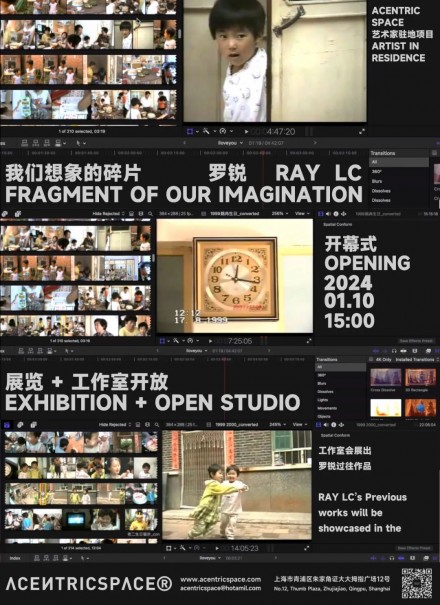
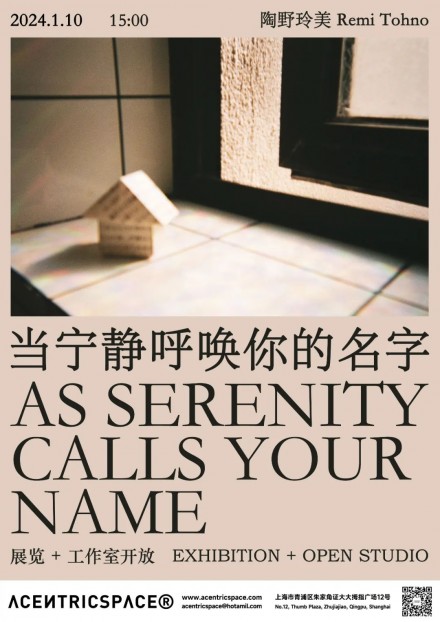
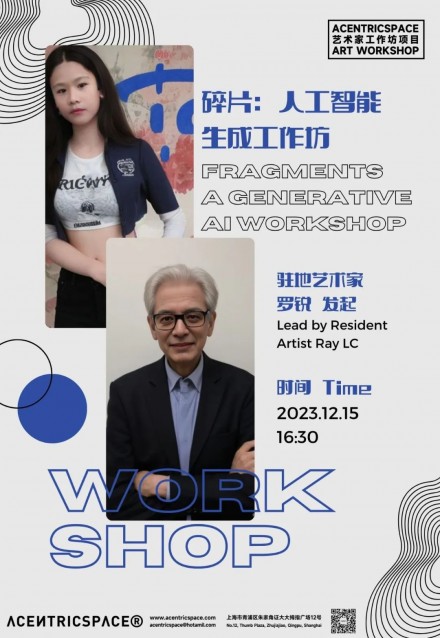
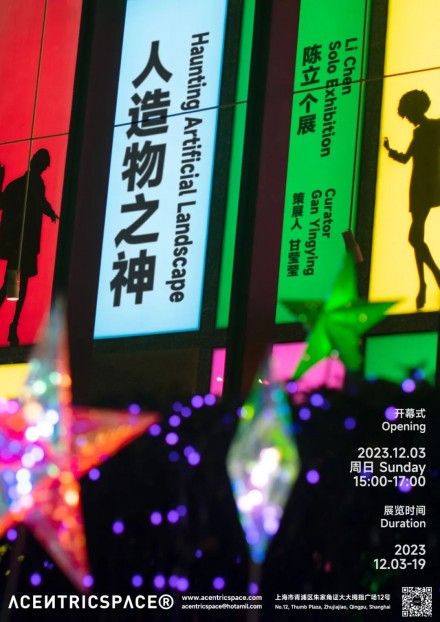
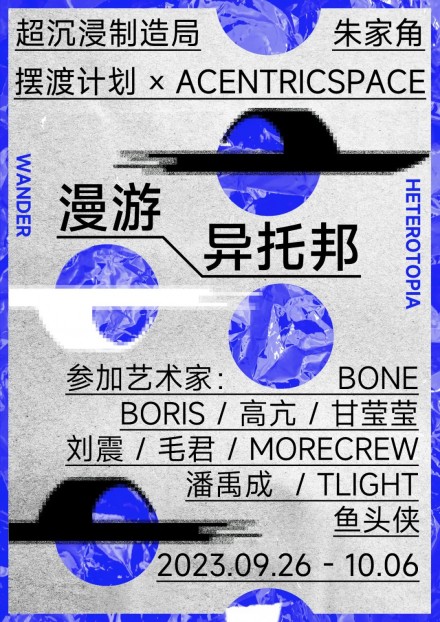
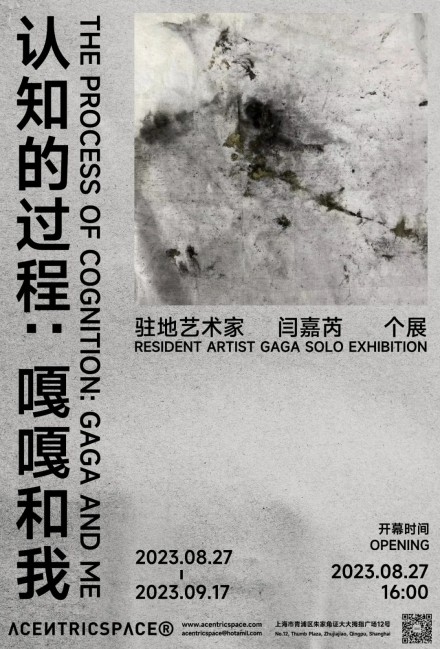
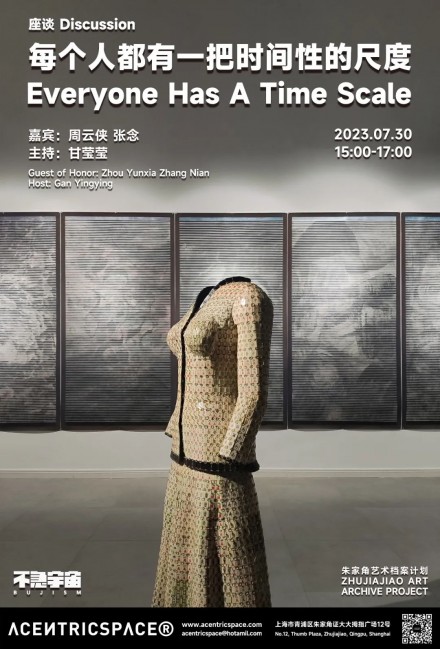
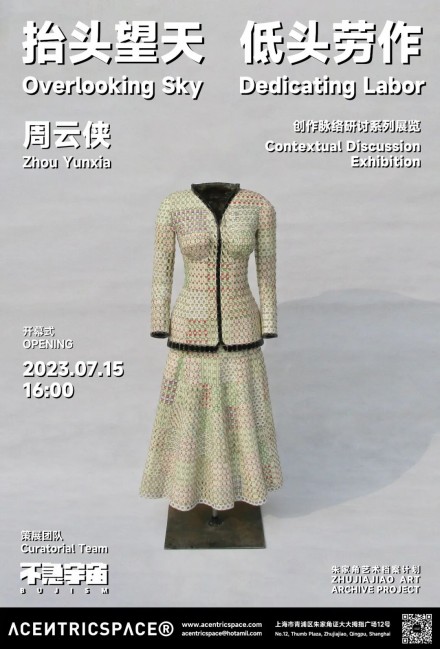
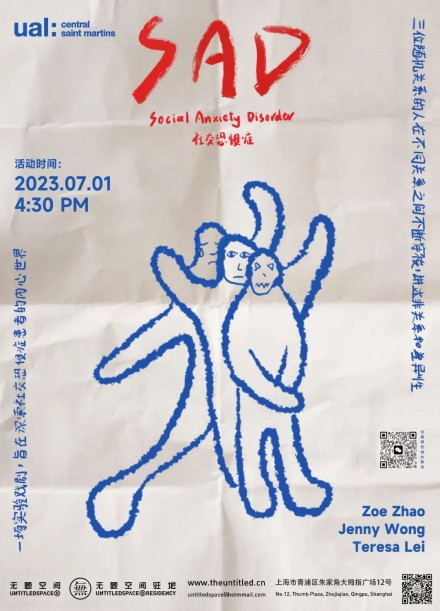
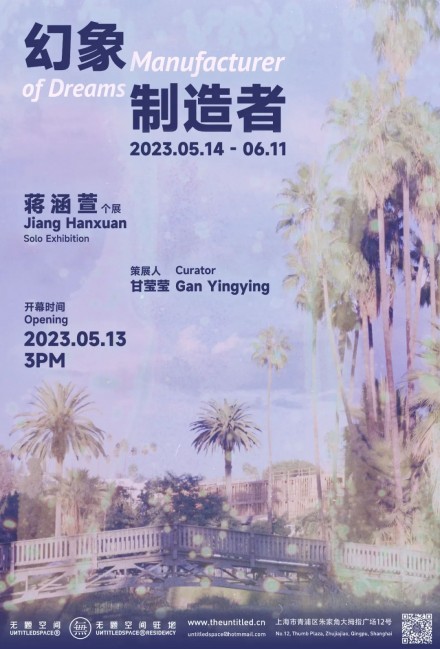
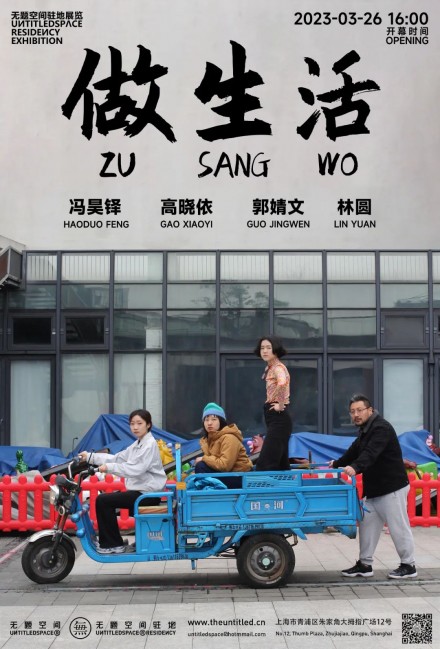
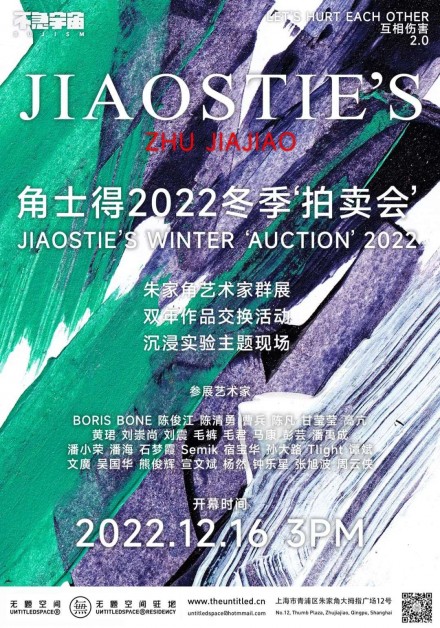
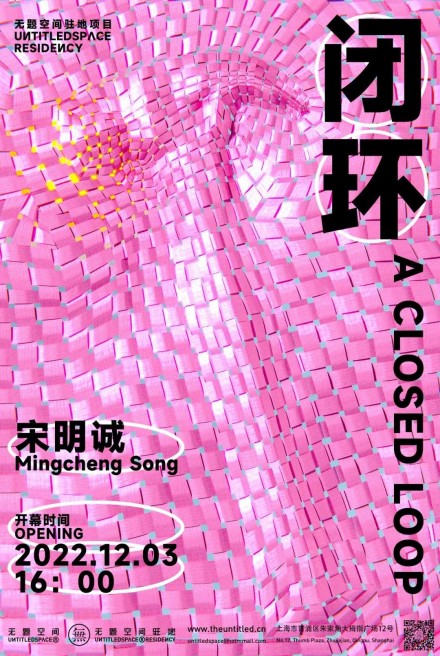
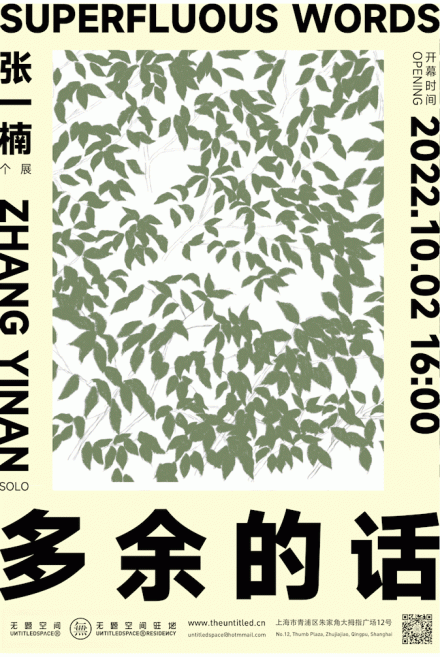
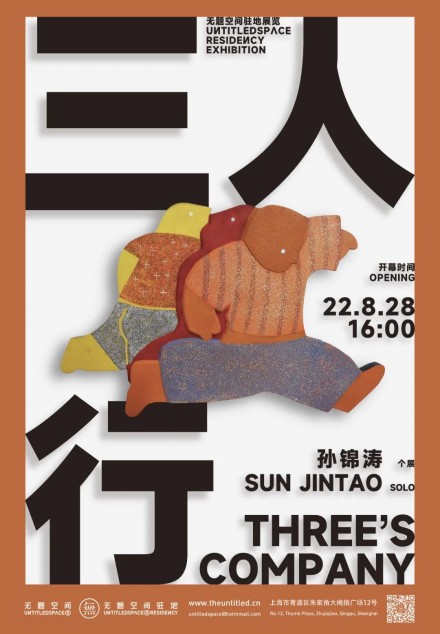
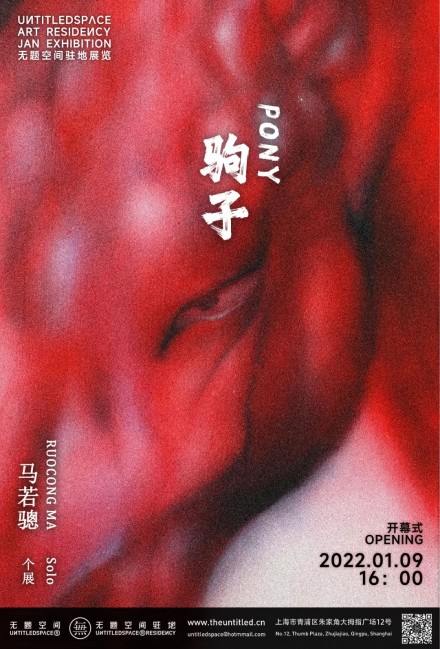
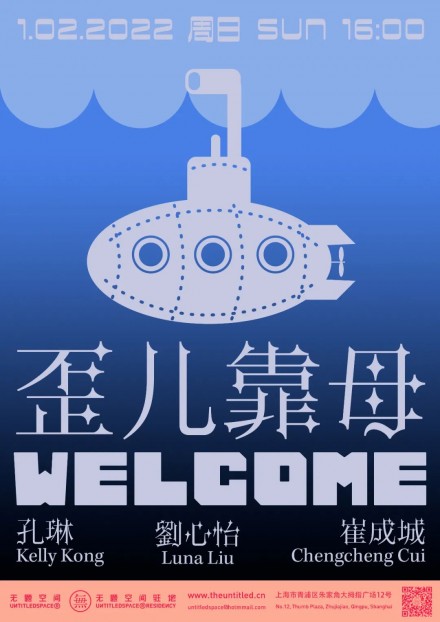
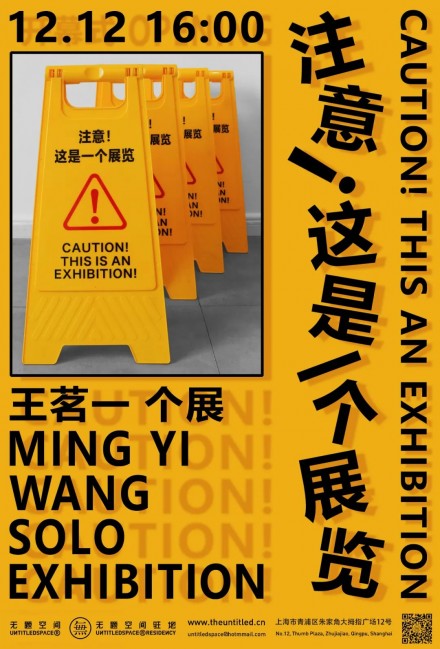
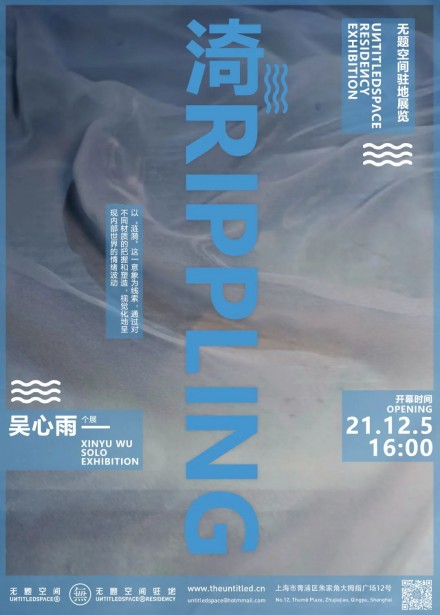
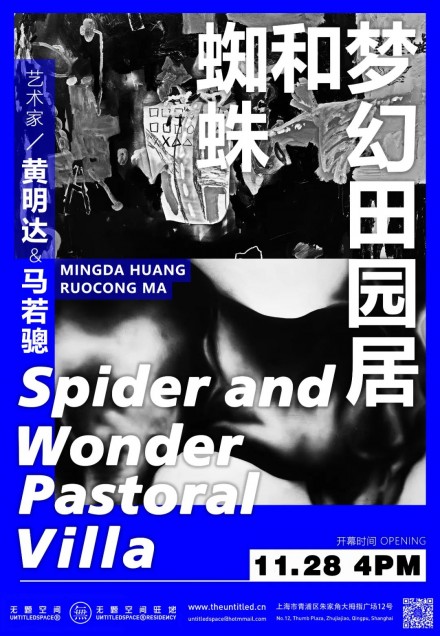
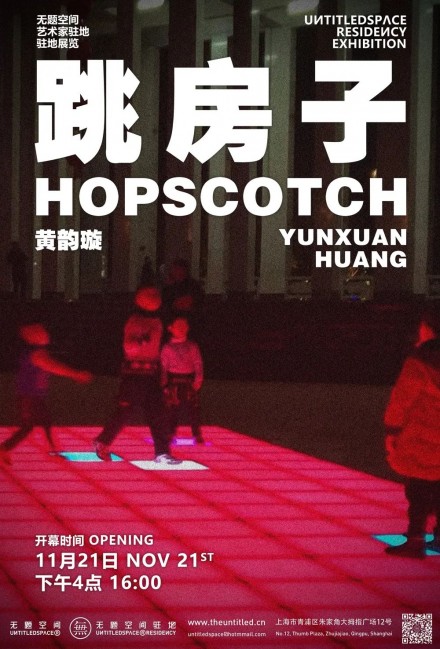
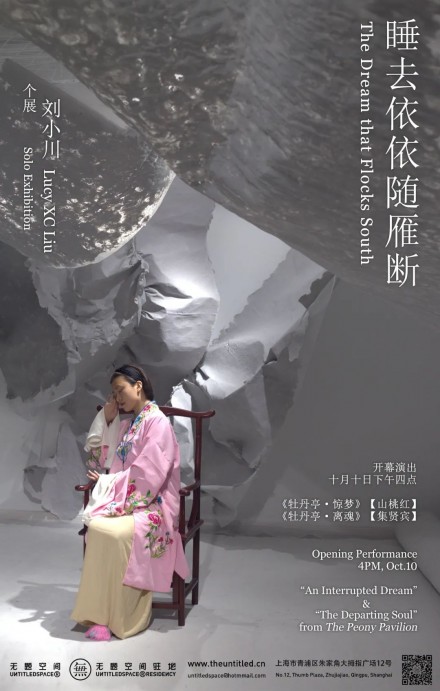
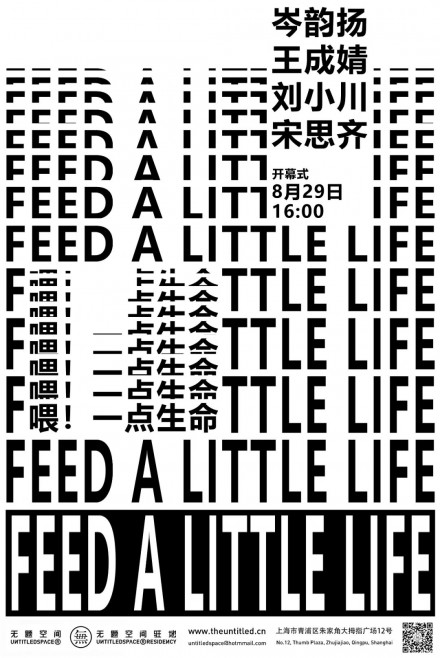
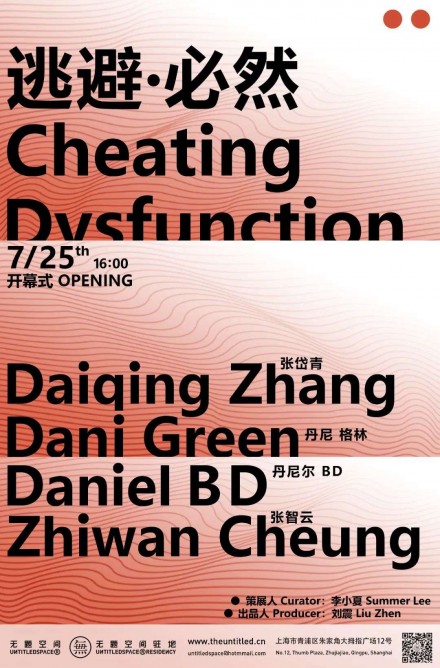
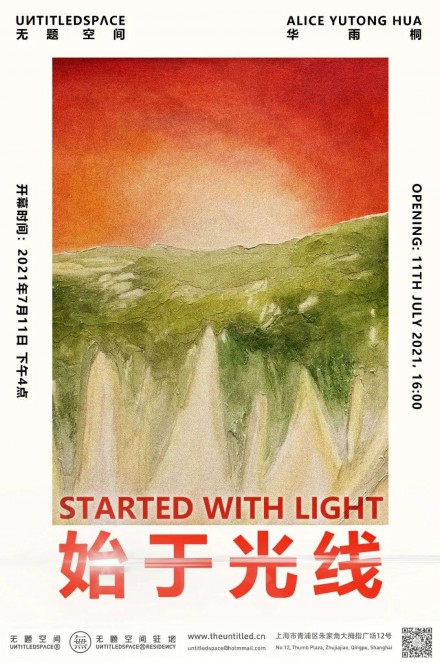
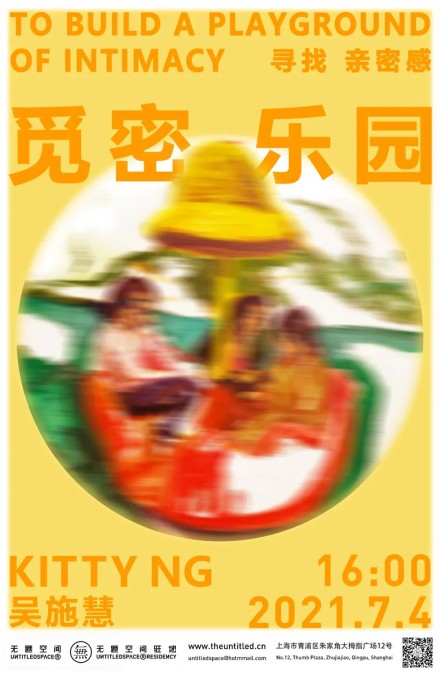
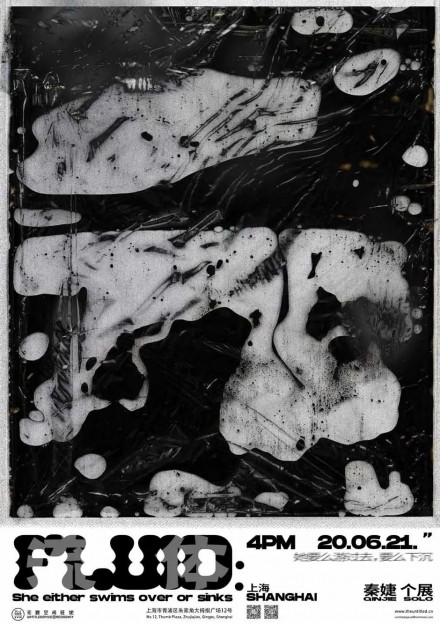
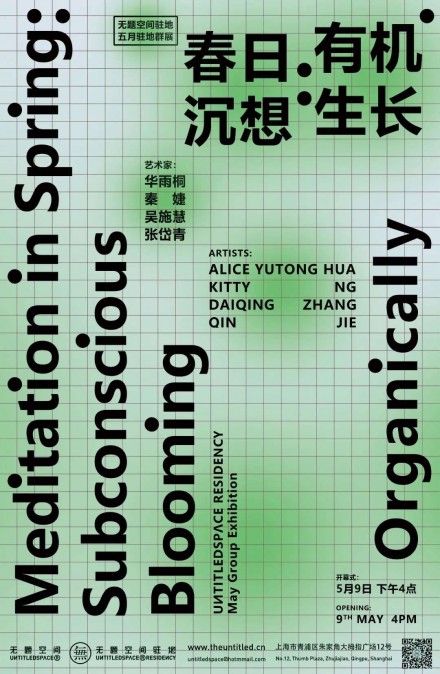

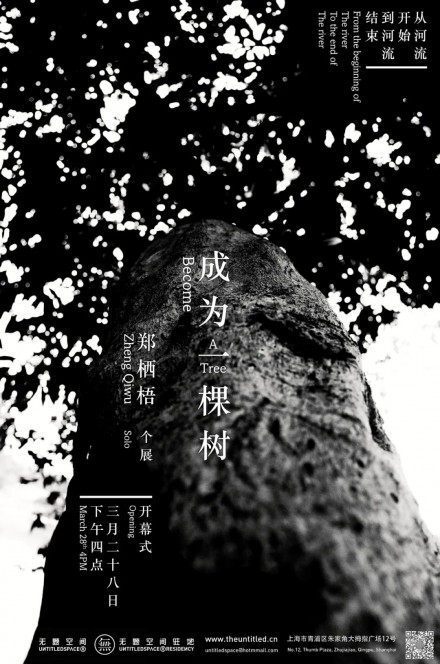
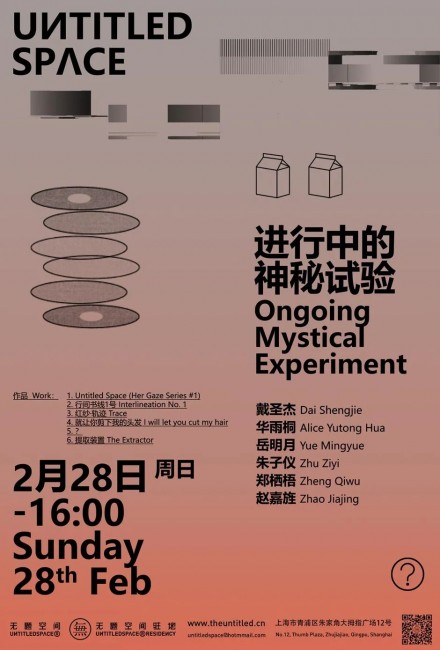

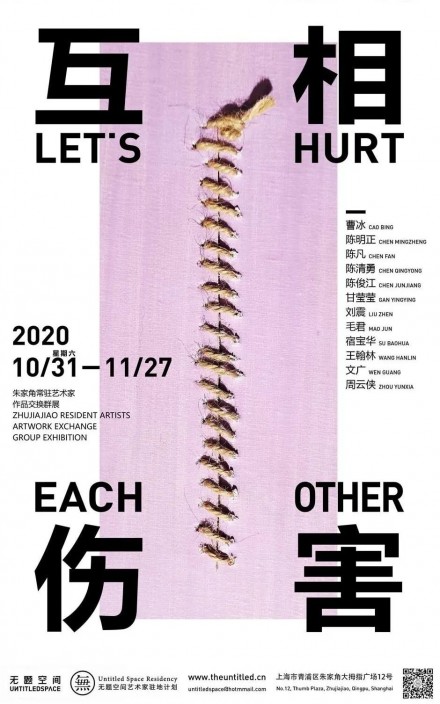
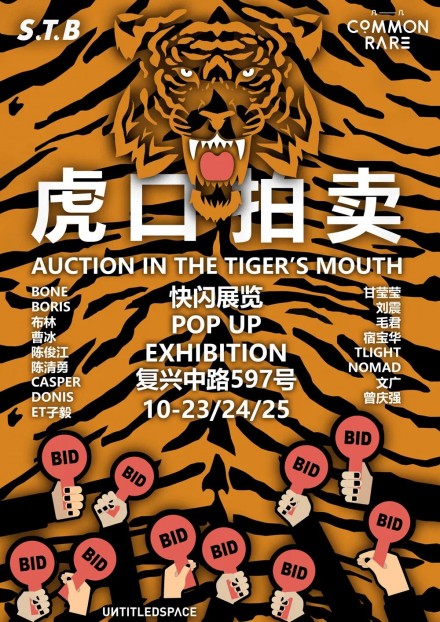
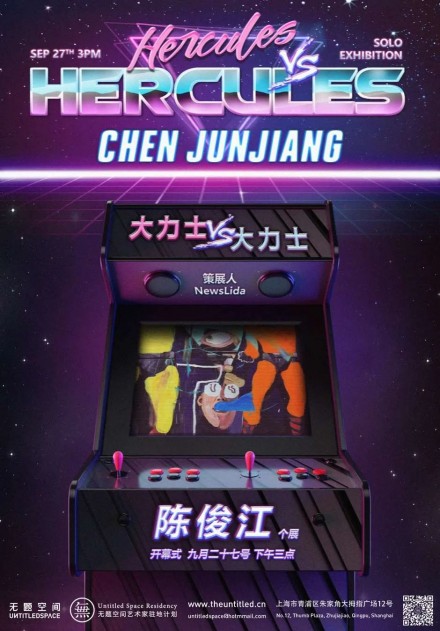
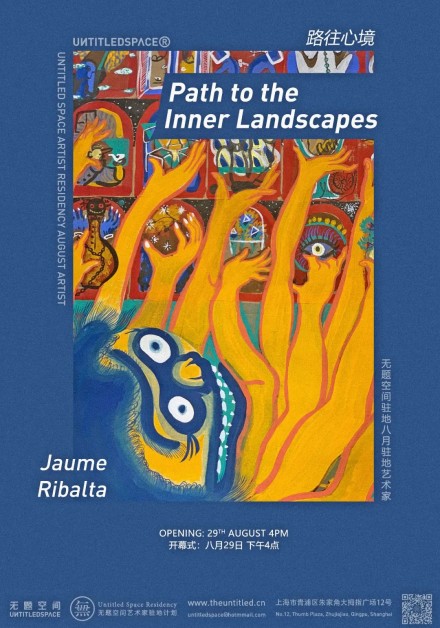
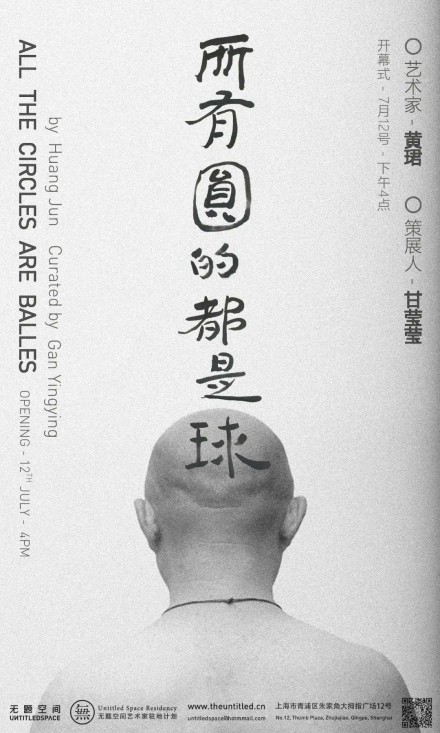
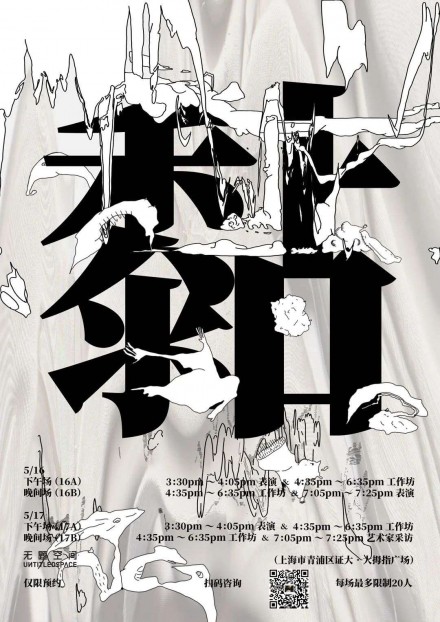
![[超]灾变论 [Hyper-]Catastrophe Theory 舜 Shun](http://www.acentricspace.com/wp-content/uploads/2024/04/wxsync-2024-04-17e42ddfe2087d093ffcdad3f414da34-440x625.jpeg)
